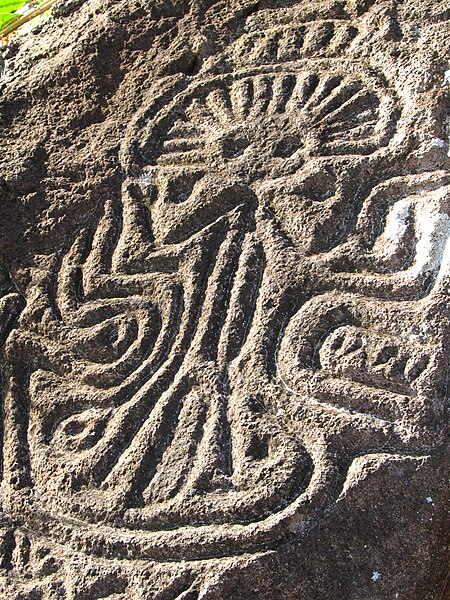The Nicaragua Canal, formally the Nicaraguan Canal and Development Project was a proposed shipping route through Nicaragua to connect the Caribbean Sea with the Pacific Ocean. Scientists were concerned about the project's environmental impact, as Lake Nicaragua is Central America's key freshwater reservoir while the project's viability was questioned by shipping experts and engineers.
Nicaragua Canal Project (2014) (blue line). Stars indicate the proposed Brito and Camilo Locks. The red line is the border between Nicaragua (above) and Costa Rica (below).
Lake Nicaragua would have been the center segment of the Nicaragua Canal
Nicaragua, officially the Republic of Nicaragua, is the geographically largest country in Central America, comprising 130,370 km2 (50,340 sq mi). With a population of 6,850,540 as of 2021, it is the third-most populous country in Central America after Guatemala and Honduras. Nicaragua is bordered by Honduras to the north, the Caribbean Sea to the east, Costa Rica to the south, and the Pacific Ocean and a shared maritime border with El Salvador to the west. The country's largest city and national capital is Managua, the fourth-largest city in Central America with a population of 1,055,247 as of 2020. Nicaragua's multiethnic population includes people of mestizo, indigenous, European, and African heritage. The country's most spoken language is Spanish, though indigenous tribes on the Mosquito Coast speak their own languages and English.
An ancient petroglyph on Ometepe Island
The Colonial city of León
The colonial city of Granada near Lake Nicaragua, one of the most visited sites in Central America
A portrait of the Battle of San Jacinto during the Filibuster War






